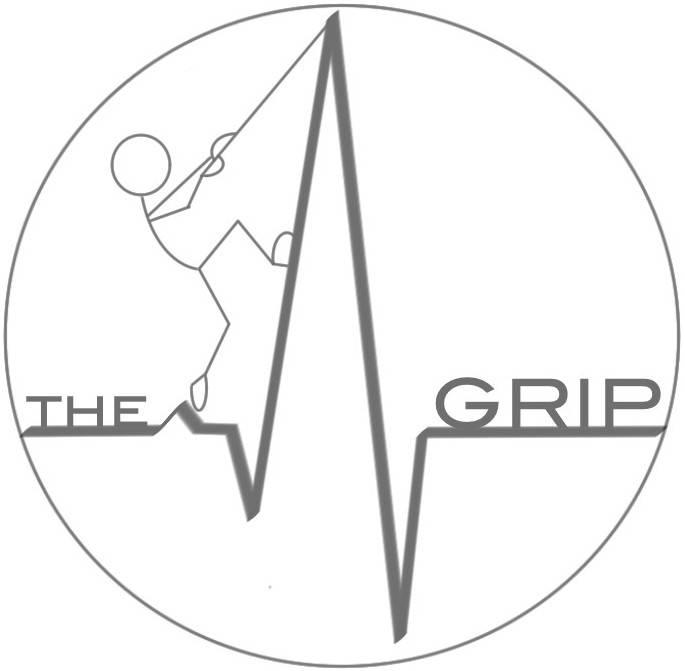Effect of positive end-expiratory pressure on pulmonary shunt and dynamic compliance during abdominal surgery
Spadaro S, Karbing DS, Mauri T, Marangoni E, Mojoli F, Valpiani G, Carrieri C, Ragazzi R, Verri M, Rees SE, Volta CA.
Br J Anaesth. 2016 Jun;116(6):855-61. doi: 10.1093/bja/aew123.
Abstract
BACKGROUND:
General anaesthesia decreases pulmonary compliance and increases pulmonary shunt due to the development of atelectasis. The presence of capnoperitoneum during laparoscopic surgery may further decrease functional residual capacity, promoting an increased amount of atelectasis compared with laparotomy. The aim of this study was to evaluate the effects of different levels of positive end-expiratory pressure (PEEP) in both types of surgery and to investigate whether higher levels of PEEP should be used during laparoscopic surgery.
METHODS:
This prospective observational study included 52 patients undergoing either laparotomy or laparoscopic surgery. Three levels of PEEP were applied in random order: (1) zero (ZEEP), (2) 5 cmH2O and (3) 10 cmH2O. Pulmonary shunt and ventilation/perfusion mismatch were assessed by the automatic lung parameter estimator system.
RESULTS:
Pulmonary shunt was similar in both groups. However, in laparotomy, a PEEP of 5 cmH2O significantly decreased shunt when compared with ZEEP (12 vs 6%; P=0.001), with additional PEEP having no further effect. In laparoscopic surgery, a significant reduction in shunt (13 vs 6%; P=0.001) was obtained only at a PEEP of 10 cmH2O. Although laparoscopic surgery was associated with a lower pulmonary compliance, increasing levels of PEEP were able to ameliorate it in both groups.
CONCLUSION:
Both surgeries have similar negative effects on pulmonary shunt, while the presence of capnoperitoneum reduced only the pulmonary compliance. It appears that a more aggressive PEEP level is required to reduce shunt and to maximize compliance in case of laparoscopic surgery.
© The Author 2016. Published by Oxford University Press on behalf of the British Journal of Anaesthesia. All rights reserved. For Permissions, please email: journals.permissions@oup.com.
KEYWORDS:
end-expiratory pressure, positive; laparoscopic surgery; laparotomy; pulmonary compliance; shunt
From Pubmed
